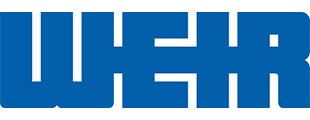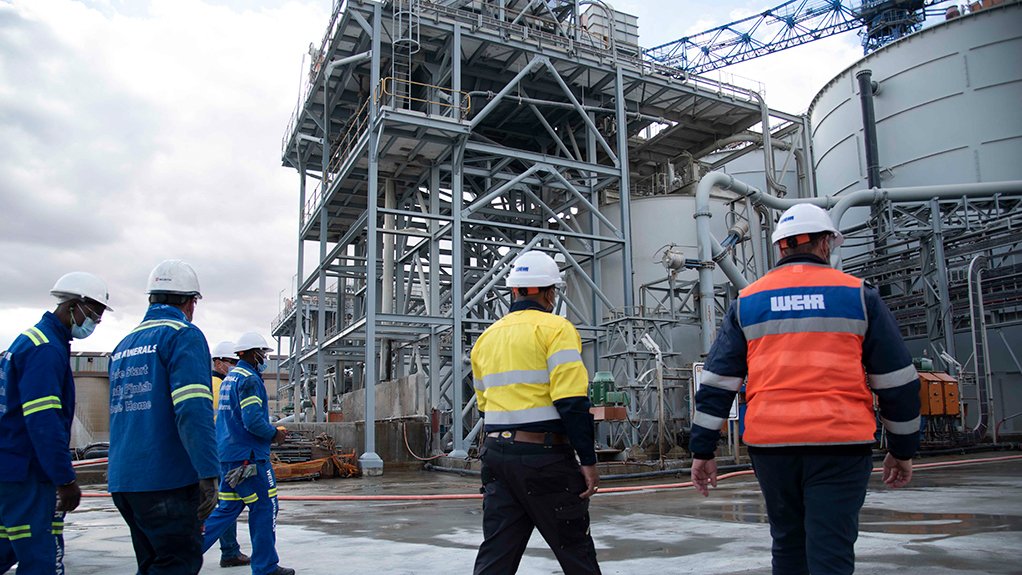

Outlining the value of OEM parts
The efficient operation of capital equipment is largely dependent on the quality of components and wear parts, says mining technology and original-equipment manufacturer (OEM) Weir Minerals Africa.
“Mining and other industrial applications rely heavily on continuous operations to reach the productivity levels that make them profitable,” says Weir Minerals Africa GM: pumps Marnus Koorts. “This productivity is in turn the result of decades of partnership with OEMs such as Weir Minerals, who provide much of the technological foundation underpinning a mining operation.”
Koorts emphasises that the lifecycle cost of key equipment such as pumps is many orders of magnitude higher than its upfront capital cost – as they all need a high standard of maintenance that matches the quality of their initial manufacture. As long as the equipment performs to expectation, it will contribute to the mine’s success.
“What is often not fully understood, however, is that OEM spare parts are as carefully designed and manufactured as the core equipment itself,” he explains.
A replicated part is a reverse-engineered product that tries to look the same as the original, and must simply fit in the appropriate space, he says, adding: “The performance and longevity of the replicated part can seldom be guaranteed, and this undermines the principles of risk mitigation and productivity that the mine is trying to achieve.”
Weir Minerals asserts that the efficiency and robustness of its parts reduce mines’ energy consumption and carbon footprint, while its sustainability efforts also contribute to improving customers’ Scope 3 emissions.
“Having a parts supplier with a concerted sustainability commitment – including the use of renewable energy in many of our facilities – further assists our customers in reaching their strategic corporate objectives,” he concludes.




